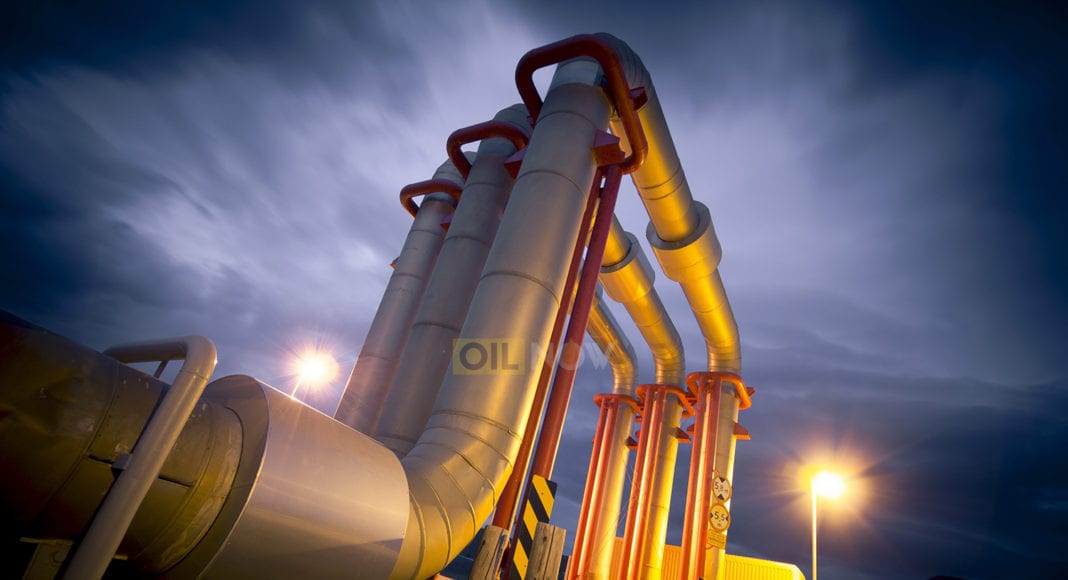Updated July 11, 2021
Guyana’s pursuit of a Gas-to-Energy project in four years is anticipated to significantly reduce energy costs and would also be in keeping with the country’s goal for a green economy. Experts say the transition to gas production can be seen as a first step towards the use of other cleaner sources of energy such as solar and hydro. This was highlighted on OilNOW TV’s inaugural webinar on the Gas-to-Energy project held in February which examined its environmental impact, financing models that could be used, and spin-off benefits.
The programme which was moderated by Content Manager at OilNOW, Chris Chapwanya, saw contributions from Arthur Deakin, Co-Director of Energy at Americas Market intelligence; Joel Bhagwandin, Financial Analyst at JB Consultancy and Associates; and Roger Kranenburg, Vice President of Energy Strategy and Policy at Eversource Energy.
Kranenburg was keen to note that “gas is completely and wholly consistent with planning for an environmentally sensitive future.” Further to this, The Vice President at Eversource shared that gas is actually very complementary with future plans to transition to solar energy and would even help the country prepare to absorb other types of renewables. Be that as it may, he said it is important for one to examine the local and environmental impact while noting that the companies which are involved with the realization of the project must be held accountable for their respective roles.
In agreement with points shared by Kranenburg, AMI’s Co-Director of Energy Practice, Arthur Deakin pointed out that moving straight from heavy oil to renewables is not a feasible proposition.
“You don’t have the infrastructure to support that and you don’t even have the generation assets in terms of solar and wind, ready to deploy enough energy to stay in the grid. So, having the gas is essential to have that firm base,” the analyst stated.
Deakin said the benefits of cost reduction on electricity bills, a reliable energy network, and the overall competitiveness that Guyana will realize from this project really do outweigh any presumed negative effects.
Supplying Guyana domestic market will help tackle growing gas-to-oil ratio offshore
Kranenburg also emphasized that this is a benefit that should not be taken or seen lightly as he noted that in a first world economy, reliability is paramount.
In this regard he added, “In New England we have some of the highest electricity rates than in the US…but this is just some rough numbers from the Bureau of Economic Analysis. For every dollar businesses spend on electricity, they get 100 to 150 x economic value out of it; so what that means is reliability is paramount.”
Financial Analyst, Joel Bhagwandin said a consortium of investors can be put together or a publicly traded company can be established to attract investors from anywhere in the region, locally, the diaspora and even global investors, to help fund the project, expected to cost around US$900 million.
“Given the nature and the technicalities of the project though, a project financing model can be explored wherein a Special Purpose Vehicle (SPV) can be established to raise financing for the project,” he said. “In this arrangement, the Government can retain some amount of equity together with financing through other debt and equity instruments from the private sector, foreign investors and the local, regional or international capital market.”
Bhagwandin concluded that the project is economically and financially viable and will have almost zero impact on the country’s public debt.




